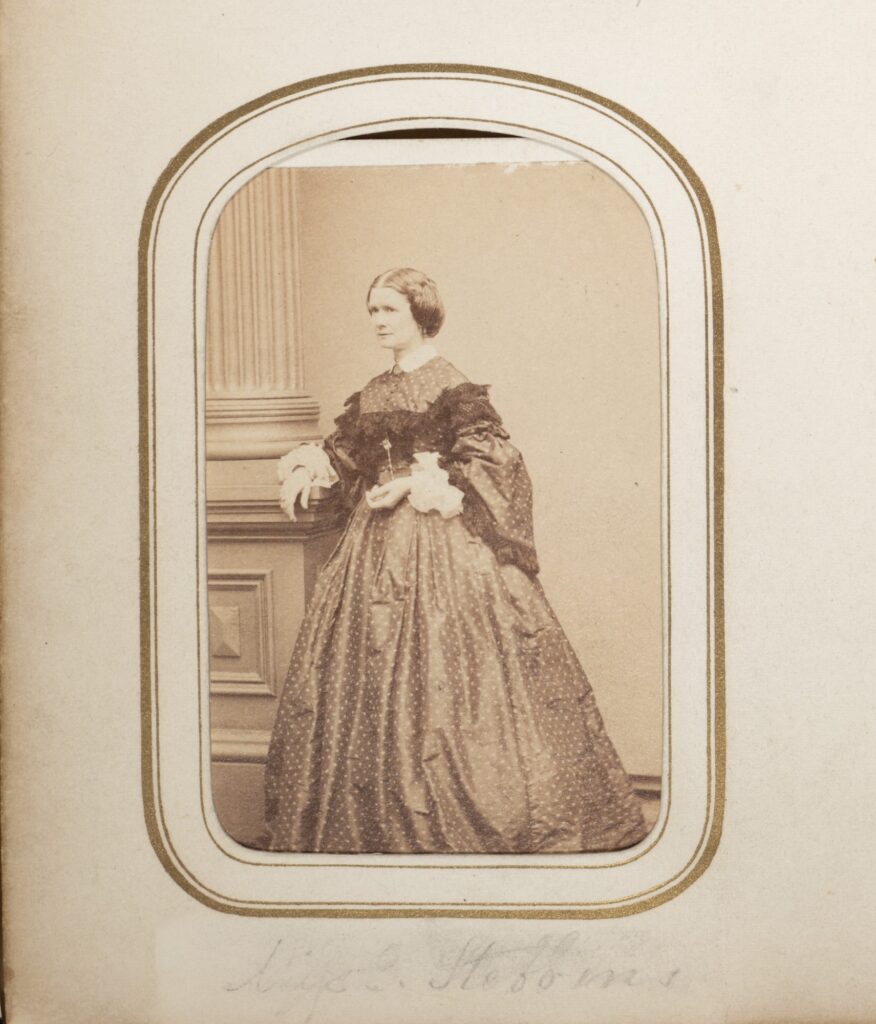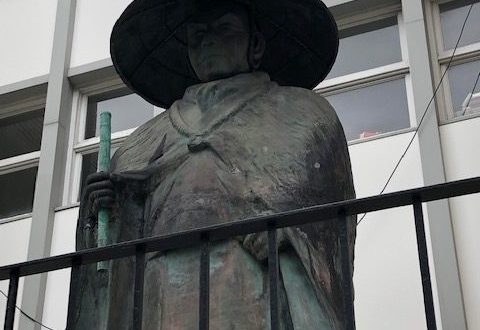
Over 150 Years Ago the Bethesda Fountain Was Unveiled
The Bethesda Fountain, an iconic landmark in New York City’s Central Park, has captivated visitors for over 150 years with its stunning beauty and rich history. Located at the heart of the park, this magnificent fountain serves as a centerpiece for Bethesda Terrace, offering a oasis amidst the bustling city.
Origins and Design
The fountain’s story begins with Frederick Law Olmsted and Calvert Vaux’s 1858 Greensward Plan for Central Park. Originally dubbed “The Water Terrace,” it was envisioned as an architectural “open air hall of reception” overlooking the Lake. The Fountain commemorates the opening of the Croton Aqueduct, which first brough fresh water to NYC in 1842. Construction commenced during the American Civil War, with the stonework of Bethesda Terrace completed by 1864. The crowning jewel of the fountain, the “Angel of the Waters” sculpture, was designed by Emma Stebbins in 1868 and unveiled in 1873. Stebbins, the first woman to receive a public commission for a major work of art in New York City, created a masterpiece that has become one of the most recognizable icons in Central Park.

Symbolism and Significance
Standing 26 feet high and 96 feet wide, the Bethesda Fountain is one of the largest in New York. The central bronze angel, measuring 8 feet tall, is accompanied by four smaller cherubim representing health, purity, temperance, and peace. The angel holds a lily in one hand, symbolizing purity, while the other hand extends in a gesture of blessing. This monumental engineering feat was crucial in improving public health and safety, as it provided uncontaminated water to all inhabitants of the city. Stebbins drew inspiration from a biblical passage, likening the fountain’s water to the healing powers of the Pool of Bethesda.

Cultural Impact
Over the years, Bethesda Fountain has become a beloved gathering place for New Yorkers and tourists alike. Its timeless charm has made it a popular backdrop for countless films, including “Godspell,” “Ransom,” and “One Fine Day”. The fountain has also played a significant role in LGBTQ+ history, with Emma Stebbins herself being an open lesbian whose circle included many bohemian celebrities of her time.
Restoration and Legacy
Like many structures in Central Park, Bethesda Fountain fell into disrepair during the mid-20th century. By the 1970s, it had become a site for drug trafficking, and the fountain itself was completely dry. Fortunately, the Central Park Conservancy undertook a comprehensive restoration project in the early 1980s, breathing new life into this landmark. Today, Bethesda Fountain continues to enchant visitors with its beauty and historical significance. As you stand before the angel, listening to the sound of cascading water, you become part of a 150-year legacy that celebrates the transformative power of clean water and the enduring spirit of New York City. The Bethesda Fountain remains a testament to the vision of Central Park’s designers, the skill of its sculptor, and the importance of public spaces in urban life. It stands as a symbol of purity, healing, and hope – a timeless reminder of the city’s past and a beacon for its future.




